Question
A worker is lifting a box from a starting vertical height of 34 inches and placing the box at a vertical destination above the shoulders,
A worker is lifting a box from a starting vertical height of 34 inches and placing the box at a vertical destination above the shoulders, approximately 65 inches high. The box is held reasonably close to his body (use 10 inches). The shape of the box is good, but there are no cut-outs or handles for the hands, so the hand-to-container coupling classification is fair. The worker is performing the lift with no asymmetry. The worker handles approximately 4 boxes per minute and is lifting these 50-pound boxes throughout his eight- hour shift.
Please refer back to the textbook chapter and readings for this module that supports this activity.
With these conditions, use this NIOSH Lifting Analysis Worksheet (PDF) Download NIOSH Lifting Analysis Worksheet (PDF)to calculate the recommended weight limit (RWL) at the origin and at the destination. Then, calculate the lifting index (LI) at the origin and at the destination.
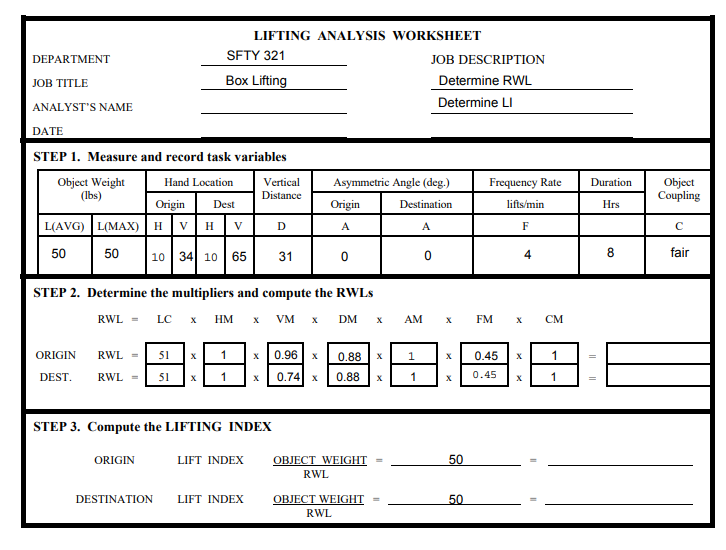

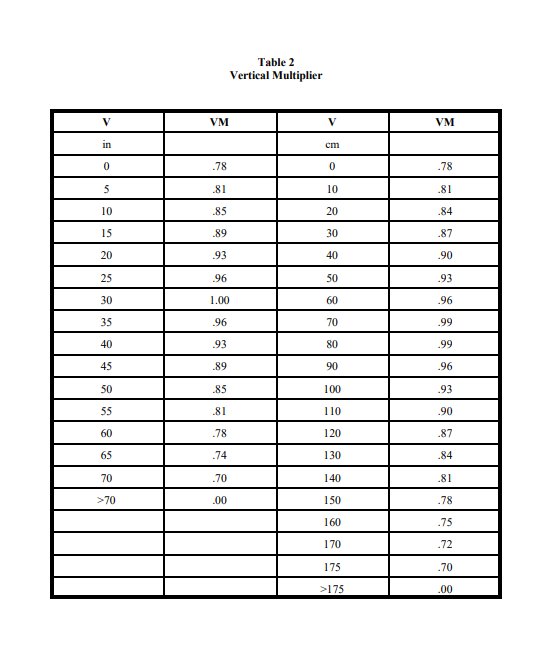
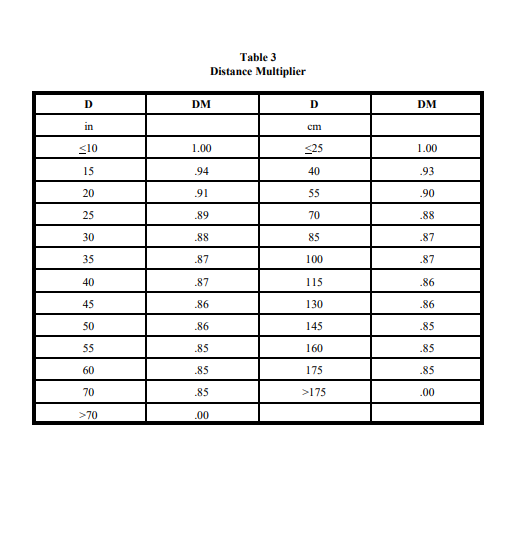
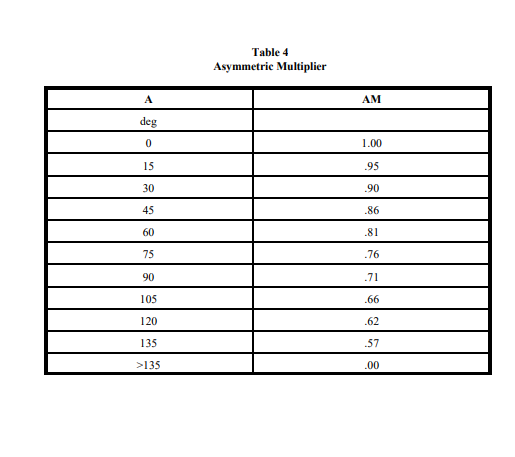
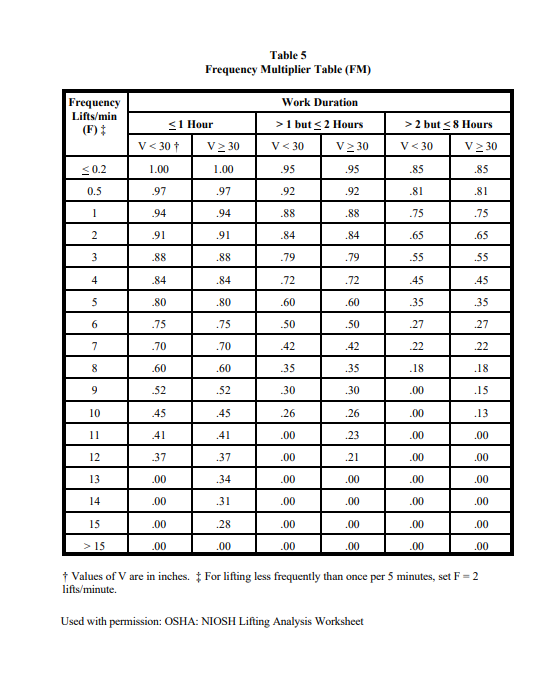
Step by Step Solution
There are 3 Steps involved in it
Step: 1

Get Instant Access to Expert-Tailored Solutions
See step-by-step solutions with expert insights and AI powered tools for academic success
Step: 2

Step: 3

Ace Your Homework with AI
Get the answers you need in no time with our AI-driven, step-by-step assistance
Get Started


